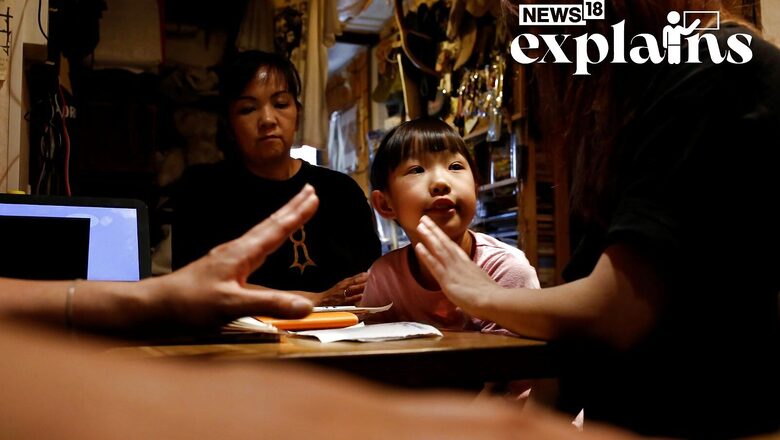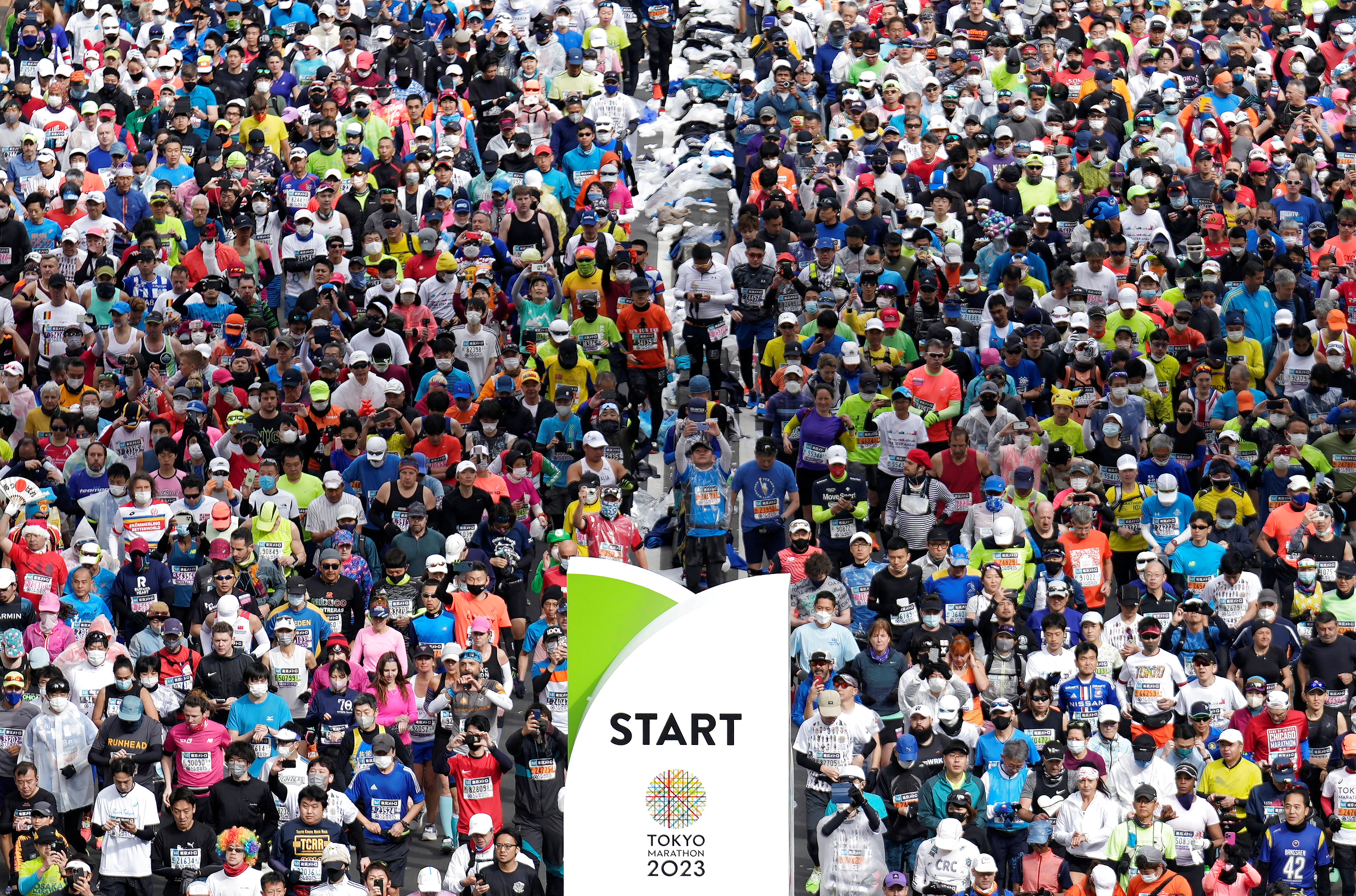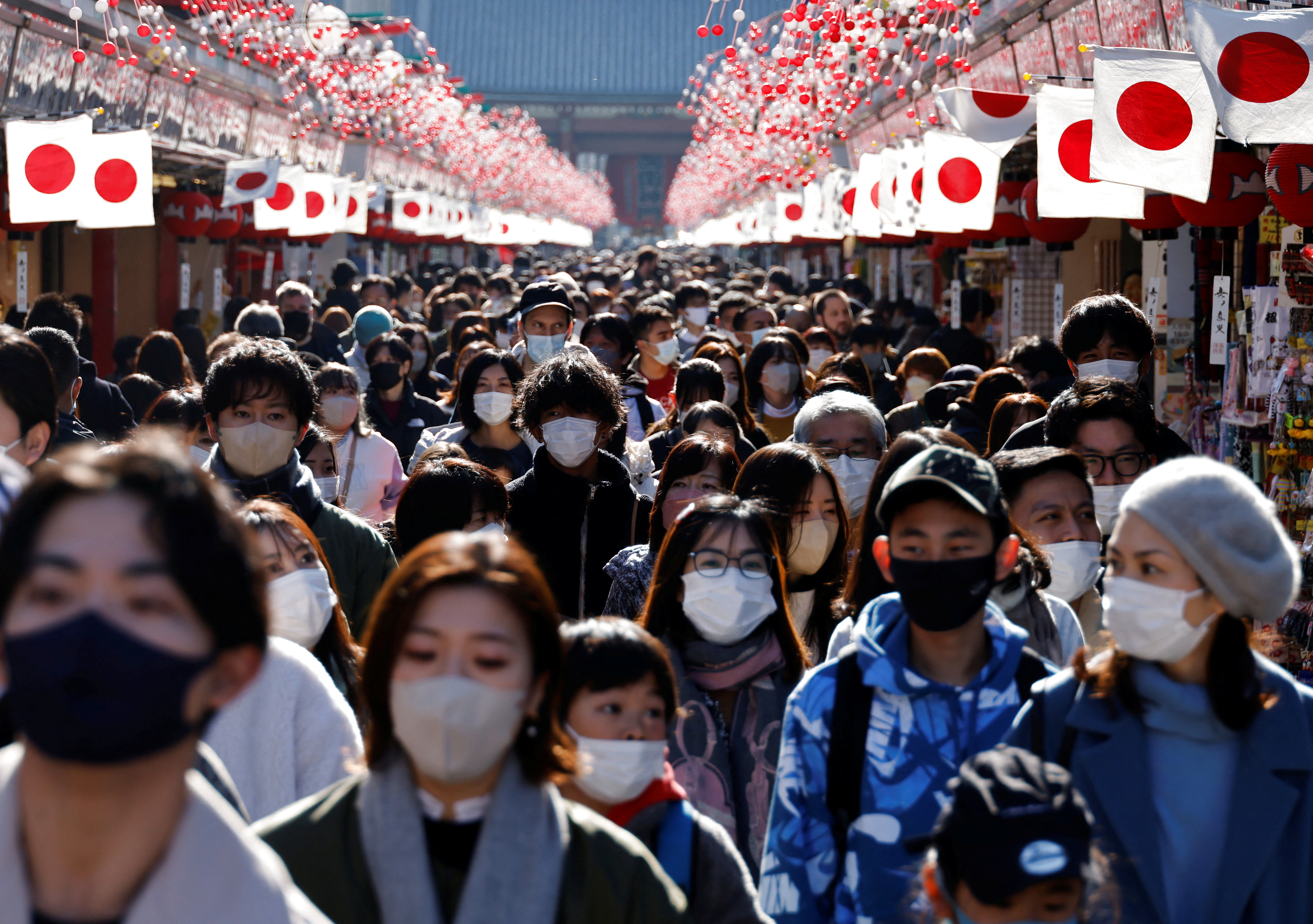
views
According to an adviser to Prime Minister Fumio Kishida, Japan would “dissapear” if it cannot prevent a drop in its birth rate that threatens the social safety net and economy. Read more on this
“If we go on like this, the country will disappear,” Masako Mori told Bloomberg in Tokyo on Feb. 28 after Japan reported that the number of newborns born last year had dropped to a historic low. “It’s the people who have to live through the process of disappearance who will face enormous harm. It’s a terrible disease that will afflict those children,” she told Bloomberg.
What’s the Population Crisis Japan is Facing?
The number of births registered in Japan fell to a new low last year, continuing a decades-long drop that the country’s officials have failed to halt despite enormous efforts, says a report by CNN.

According to statistics provided by the Ministry of Health on Tuesday, the country had 799,728 births in 2022, the lowest number on record and the first time it fell below 800,000 people. That figure has practically halved in the last 40 years; in 1982, Japan had more over 1.5 million births, the report says, adding that last tear, Japan reported a record number of post-war deaths, totaling more than 1.58 million.
When Deaths Outpace Birth
For more than a decade, deaths have surpassed births in Japan, providing a significant dilemma for the leaders of the world’s third-largest economy, CNN says in its report. They now face an ageing population and a dwindling workforce to support pensions and health care as demand from the older population rises.
According to the latest recent government data, Japan’s population has been steadily declining since the 1980s economic boom, and will stand at 125.5 million in 2021. In the absence of immigration, its fertility rate of 1.3 is substantially below the rate of 2.1 required to sustain a stable population.
What’s the Solution?
Japanese Prime Minister Fumio Kishida seeks to reverse the demographic trend with a series of “unprecedented” steps, says a report by Financial Times.
In a parliamentary speech on January 23, he warned the world’s third-largest economy was “on the verge” of social breakdown, emphasising the magnitude of the situation. According to the National Institute of Population and Social Security Research, 53% of respondents in a 2021 study cited the high expense of raising children, including school, as a reason for having no or fewer children. 40% claimed they were already too old to have further children, the report explains.
The prime minister stated that the funding for child-rearing programmes will be doubled, with an emphasis on three pillars: economic support, child care services, and work-style transformation, the report said.
The specifics are still unknown, said the report. However, it listed the broad three pillars the policies would follow. The first pillar suggests that financial assistance would be expanded, such as raising or broadening allowances for families with children. Now, the government provides $10,000 to $15,000 ($75 to $111) per month for each child until the age of 15, with some restrictions for higher-income households.

Citing government officials, the report said the second pillar will entail increasing the number and quality of child care, including after-school care and services for sick children, as well as expanding post-partum care.
The third pillar is anticipated to include reforms to the parental leave system and other initiatives to make the workplace more child-friendly.
But Will it Work?
However, a report by the Guardian delves deep into whether these measures could actually work. It argues that prior efforts in Japan to persuade individuals to have more children have had little success. Subsidies for pregnancy, childbirth, and childcare have failed, and some experts claim that politicians focus on parents who already have children while failing to consider why young people are hesitant to build families.
Nao Imai, a university student told the publication that she used to think she would be married by 25 and a mother by 27, but that when she looked at her eldest sister, who has a two-year-old girl, she was afraid to have children.
“When you have a child in Japan, the husband keeps working but the mother is expected to quit her job and look after the children. I just feel that it’s hard to raise children, financially, mentally and physically. The government says it will provide better support for families with young children, but I don’t have much faith in politicians,” she told the Guardian.
And a report in Nikkei Asia argues that while significant emphasis has been placed on increasing Japan’s birthrate in order to sustain the country’s economic basis, focusing on immigration may be more practical.
Many foreigners are visibly drawn to Japan, the report says, adding that tourist visits increased from 7 million in 2009 to 31 million in 2019, the year before Covid-19. This influx helped restaurants, pubs, hotels, and transportation companies alike.
The economic impact of immigrants would be substantially higher. If Japan accepted one million newcomers every year, it would be able to entirely offset the country’s natural population reduction owing to deaths, which are already occurring at over twice the rate of births, the report argues.
Read all the Latest Explainers here



















Comments
0 comment